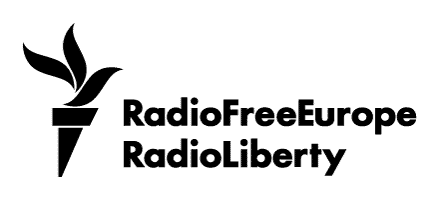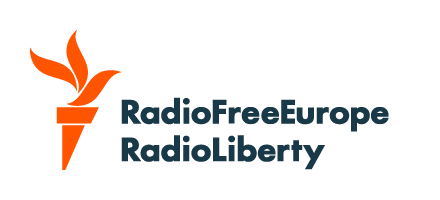KYIV – A French journalist was killed and a Ukrainian photographer injured in a Russian drone attack near the front lines, Kyiv and French President Emmanuel Macron said on October 3.
“Our compatriot, photojournalist Antoni Lallican accompanied the Ukrainian military to the resistance front,” Macron wrote on X. “It is with deep sadness that I learned about his death from a Russian drone strike.”
“I express my sincere condolences to his family, loved ones and all his colleagues who, risking their lives, inform us and testify to the reality of war,” he added.
Ukraine’s Fourth Separate Heavy Mechanized Brigade wrote on Facebook that photojournalist Hryhoriy Ivanchenko was injured in the same attack and was in stable condition.
“Both journalists were wearing personal protective equipment, and their bulletproof vests had insignia -- the inscription "PRESS," the brigade said.
“The enemy once again cynically violated the norms of international humanitarian law. This fact once again confirms the insidiousness and cruelty of the enemy army.”
Lallican, 37, was embedded with Ukrainian forces near the front line in the Donetsk region when he was killed, Ukrainian authorities said.
The European and International Federations of Journalists labeled the killing a “war crime."
The groups said Lallican was the first journalist to be killed by a drone in the Ukraine war, although UNESCO said 21 others have been killed by other means in Ukraine since Moscow launched its full-scale invasion in February 2022.
Kyiv said Lallican and Ivanchenko were embedded near the area of Druzhkivka, some 20 kilometers from the front line in the Donetsk region.
Reporters Without Borders (RSF), the international journalism watchdog, called for a swift investigation.
Lallican "died while doing his job, bearing witness to the consequences of war," RSF chief Thibaut Bruttin said in a statement.
“His commitment, recognized by his peers, was as great as the risks he took to report the news,” he added.
Ukrainian Foreign Minister Andriy Sybiha said Moscow “continues to deliberately target journalists, which is a heinous crime and violation of international humanitarian law. We will make every effort to hold the perpetrators accountable.”
Meanwhile, International Atomic Energy Agency (IAEA) chief Rafael Grossi said he is discussing proposals with Moscow and Kyiv on ways to restore off-site power to the Zaporizhzhya nuclear power plant, Europe's largest.
The plant has been cut off from external power since September 23 and is being cooled by emergency diesel generators. It has been occupied by Russian forces since shortly after the beginning of the full-scale invasion but is mostly run by Ukrainian staff.
The facility does not produce electricity, but its reactors must be cooled by emergency diesel generators to prevent a nuclear disaster. Both sides accuse the other of shelling the plant.
Away from the direct battlefield, NATO member Denmark's intelligence agency reported that Russian warships had repeatedly sailed on collision courses, aimed their weapons at Danish naval vessels, and disrupted navigation in Danish waters that link the Baltic Sea to the North Sea.
"We have seen several incidents in the Danish straits, where Danish Air Force helicopters and naval vessels have been targeted by tracking radars and physically pointed at with weapons from Russian warships," Danish Defense Intelligence Service chief Thomas Ahrenkiel told a news conference.
The White House said the report was being taken seriously.
"It's something the administration takes very seriously, and we are constantly monitoring it. The National Security Council here at the White House is in constant correspondence with our NATO allies," White House spokeswoman Karoline Leavitt told reporters.
Tensions are high in the region following suspected sabotage incidents involving undersea cables and pipelines, airspace intrusions, and drone sightings, much of it blamed on Russia or entities linked to Moscow.











